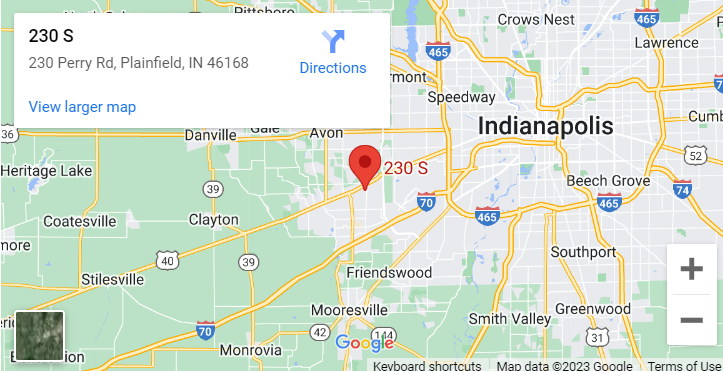Securing Your Wireless Internet Connection
The widespread use of Wi-Fi Technology is bringing to light many security issues that may have gone unnoticed by the average user. Traditional wired connections have obvious security precautions that most users are accustomed too, but extra measures must often be used when transferring data across a wireless, and sometimes public network. A wireless Internet connection without security can easily give anyone access to your files, email, and even gives others the ability to make changes to your computer.
These types of security problems will probably have little impact on most users. Occasionally surfing the web at a coffee shop or having a wireless adapter set up on a printer will likely not bring down the house. To a business holes in security can cost time, money, and could possibly be a legal violation. A badly secured Wireless Internet connection is an open door for hackers to use the technology to cause general mischief or to even commit crimes. The most common methods currently in use to secure a Wi-Fi connection are SSIDs, Wi-Fi Protected Access, and WEP.
SSID (Service Set Identifiers)
Every data packet sent over a Wi-Fi connection has a specific identifier attached to it. This identifier, or SSID, can recognize particular wireless networks and everyone accessing a particular network must have the correct Service Set Identifier. From a security standpoint SSID alone offer almost no protection, but it does give a network a specific name making is clear what network a user in connected too.
Knowing where you are connected too has become increasingly important due in part to a wireless internet attack called The Evil Twin. While this may sound like something Dr. Evil would use, it’s a common hacker technique. The way it works is a hacker takes in a mobile wireless access point, usually set up on a laptop, and then enters a public area where an access point already exists. If no SSID is set up, then someone may actually log on to the hacker’s computer giving them access to all data sent and received. This is a great way to get access to usernames and passwords.
Even with SSID a hacker is going to name their network something confusingly similar. If you are at your favorite coffee shop and are about to log on, check the names of the networks carefully. Be careful if you see two possible networks with very similar spelling like these:
• CoffeeHouse
• CofeeeHouse
The hacker is hoping his network shows up first in the list, and that users will log on so quickly they won’t realize what they are doing.
WPA (Wi-Fi Protected Access)
WPA was originally designed as an answer to security holes that were becoming apparent in the widely accepted WEP technology. Wi-Fi Protected Access is an attempt to create standards within the wireless security industry, and begin a move towards unifying the market. The Wi-Fi Alliance designed the technology and a scattered market is beginning to see a unified method of security on the horizon.
The two main differentiators between WPA and WEP are key size and the number of packets that actually carry the key. The number of characters in a WPA key is considerably more than a WEP key, and it would taking sifting through many more data packets to actually put a WPA key together.
WEP (Wired Equivalent Protection):
Wired Equivalent Protection uses encryption to protect data as it travels via radio waves from transceivers. This means that when you send your email from your laptop it becomes encrypted, is sent out wirelessly on radio carrier waves, is received by a wireless access point, is then decrypted and sent on to the Internet as any wired connection would. As the name implies this security was designed to provide the same level of security a wired connection would. This is not the case, but the security is usually strong enough for most users.
The reason WEP has never become as secure as a wired network is there is simply no way around the fact that anyone can intercept radio wave and get the data out of them. The level of encryption that the data has will mean the information is meaningless unless the interceptor has the WEP key. The problem here is that all data packets carry a piece of the key and that in time, with enough packets, the key can be produced. This is a lot of trouble to find out where a user has been surfing, but maybe not too much to acquire hundreds of credit card numbers. Again if you are not targeted by a hacker, WEP is surely enough protection. WEP is currently installed on almost all wireless routers available to consumers.



